Amtrak workers failed to protect the worksite with a cable — a shunt — designed to cause an electrical short that turns signals red to warn oncoming trains, according to NTSB findings. Amtrak train No. 89, the Palmetto, was out of New York heading for Savannah, Ga., when it struck a backhoe fouling the tracks about 7:50 a.m.
The NTSB cited several contributing factors: Track supervisors’ failure at shift change to alert dispatchers of the ongoing work; a dispatcher distracted by personal phone calls; and a foreman’s failure to assure that safety measures were in place. The NTSB could not determine if drug use was a contributing factor.
NTSB Chairman Robert Sumwalt said Amtrak’s lack of a “safety culture” was the overall cause of the accident. Amtrak had a set of “cardinal rules,” and an employee breaking any one could fired, but the investigation found “more than two dozen unsafe conditions, and not all were rule-breaking by front-line employees.
“And despite the emphasis on rules and compliance, investigators did not find a culture of compliance … Rather, they found a culture of fear, on one hand, and normalization of deviance from rules on the other,” Sumwalt said. “A culture of fear and strong safety culture cannot coexist.”
Sumwalt also noted that there have been safety improvements by Amtrak and the Federal Railroad Administration since the accident.
Board Member T. Bella Dinh-Zarr added that positive train control should be used to protect work zones, and recommended that GPS or other technology be deployed to provide an independent means of telling dispatchers of work zone activity.
Amtrak officials said that safety is a core value for passengers and employees, “and we are committed to operating our nationwide network of services safely, effectively and efficiently,” a spokeswoman old Trains News Wire.
“We’ve been in the process of transforming our safety culture since this incident. We have taken a series of actions to improve workplace safety at Amtrak — including the implementation of many of the actions discussed by the NTSB today,” she said.





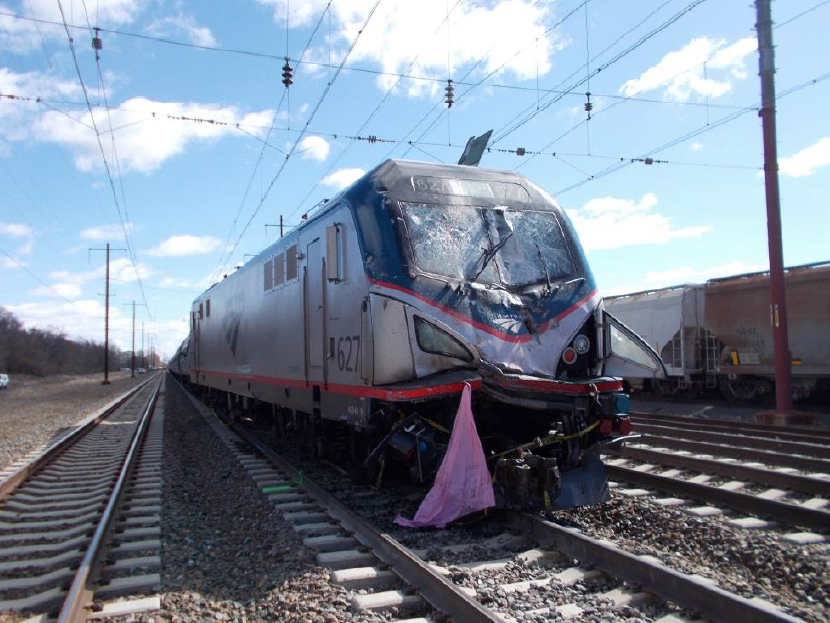

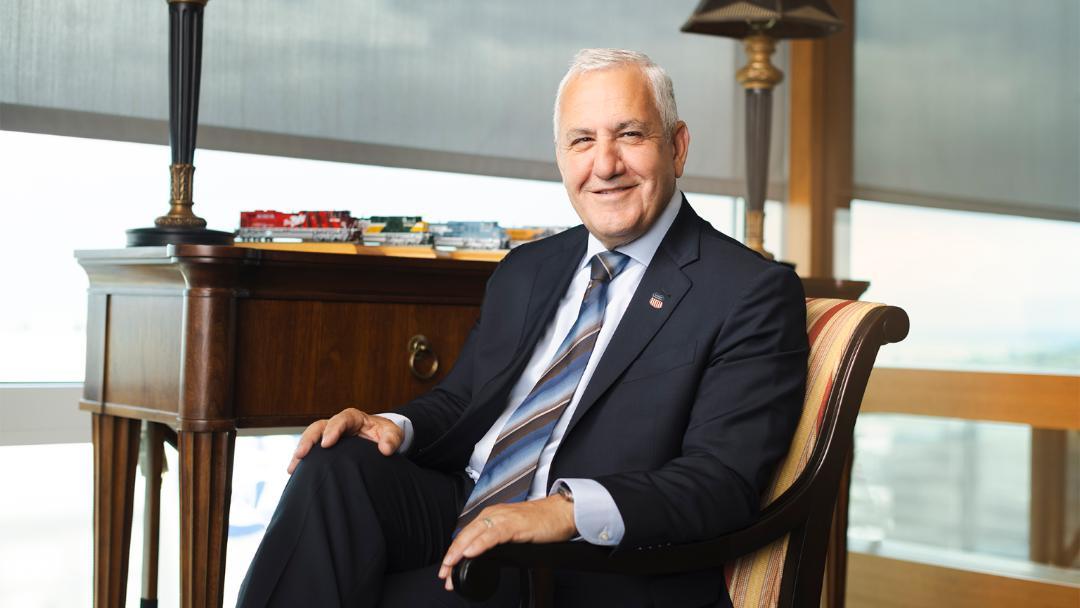
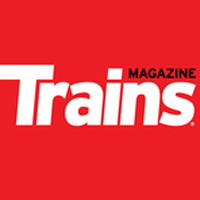
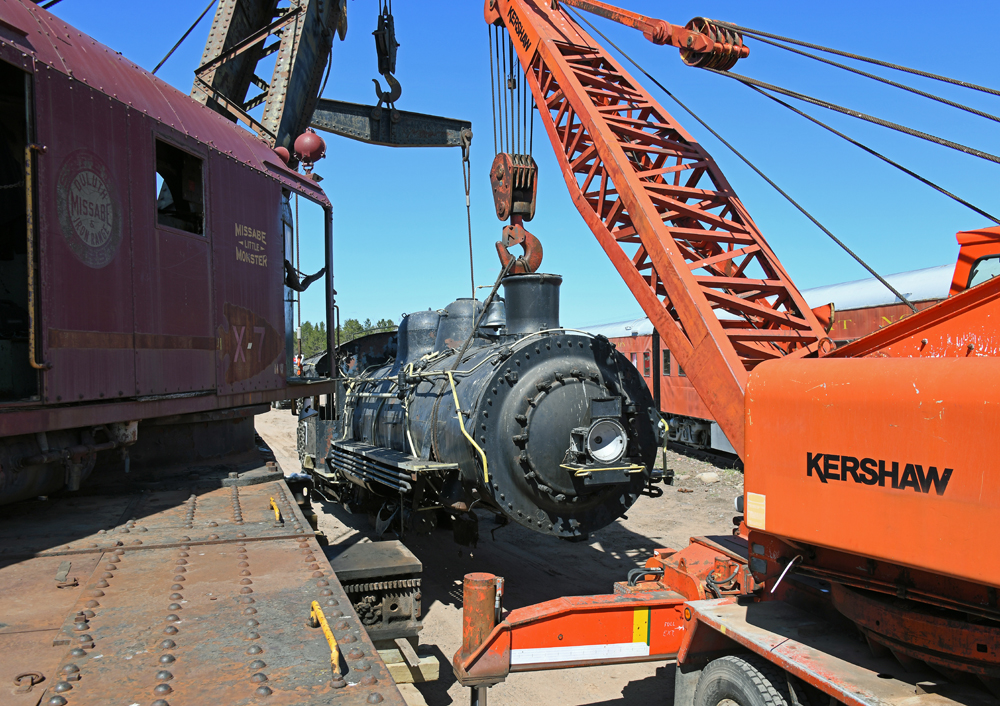
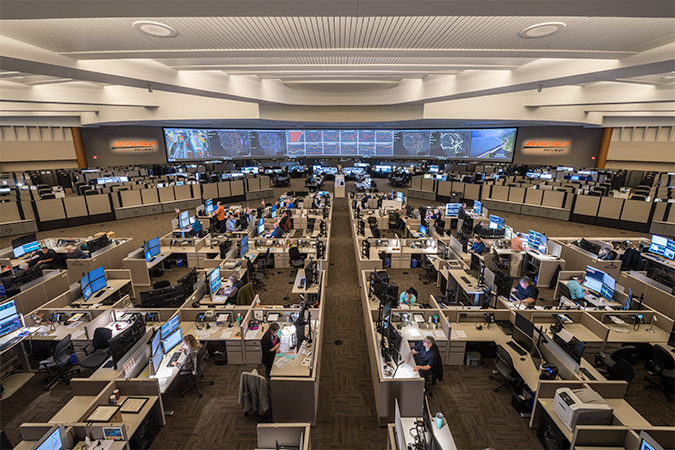




Again no leadership and POOR management year after year ! On going thought Trump wood get too ot. But invasion at border,,
Wait, you’re expecting Congress to eliminate the political environment at Amtrak?
Does Amtrak do things differently than other roads in protecting equipment fouling the track? Form B protection used most everywhere requires trains to obtain verbal permission from a foreman within given limits before proceeding.
Mr. Brown, you hit the nail on the head. Safety, and responsibility for this accident lies with several parties, but if the track workers had followed the rules to begin with and placed a shunt, we would not be having this conversation. And from the comment below yours, the engineer of 188 is solely at fault for that crash – not PTC and not the CEO of the company.
Lack of personal responsibility and blame games are a festering sore that severely needs to be excised from our society.
What a shame. Is no one in our society responsible anymore? Is no one in our society strong enough to take responsibility for their actions, or learn from what they have been trained? Every time some important employee makes the decision that they can let the rules slide someone pays for it. (maybe). As long as there are employees that take that attitude, as well as supervisors, they could be playing with the odds and putting innocent people’s lives in jeopardy.
It comes down to management, from the top down. Making sure employees respect the rules of their company, and enforce them, is a difficult, tiresome job…because it continues to happen. The culture of a company will dictate what an employee must do.
If rules are in place, and an employee decides that, at that moment (“I don’t think that’s necessary”) ignores the rules, and the manager doesn’t take corrective action, the company is at risk, as well as any innocent members of the public and fellow workers.
Why is it? Is our society and culture not willing to enforce regs and rules? Do the rules get support from the top down? Or, is it “I’ll let this one slide” because it doesn’t seem to apply to the situation. Or, “I don’t get paid enough to tackle this problem.”
It’s everywhere, not just railroads.
Has the work ethos been deemed unimportant?
Ignored here is the pure politics evidenced at Amtrak’s HQ, and how that its uncontrolled perpetuation has been a critical factor in the deterioration of a safety culture at Amtrak.
Ever since Amtrak’s last CEO who was a railroader, Mr. David Gunn, was forced out by Amtrak’s Board of Directors in 2005, Amtrak’s following three CEOs did not bring a railroad background to the enterprise. In particular, Amtrak’s last CEO from 2008-2017 may have played his politics right by catering to this Board and dutifully followed its focus on the Northeast, but he did not imbue an in depth respect for and embrace of a meaningful safety culture. Other than some of the unions he kowtowed to, he did not have a relationship with the unions that would have allowed for the building of a meaningful safety culture, mutually enforced by labor and management leadership.
Indeed, it was on this past CEO’s watch that his management team turned off the Automatic Train Stop (ATS) at Frankfort Junction outside Philadelphia, before completing the installation of Positive Train Control (PTC). This allowed for the needless excessive speed and derailment of “Northeast Regional” #188 in May, 2015, killing 8 passengers. That CEO and his management team survived due to their cozy relationship with a Board of Directors eager to serve their patron developers, financiers, and politicos of New York and New Jersey. Recently, we saw evidence of how politics are played in the Northeast when the safety issues at Penn Station-NYC were revealed.
Although Amtrak was fortunate to entice out of retirement this past summer a solid railroad CEO, Wick Moorman from the Norfolk Southern, this was to be but a temporary reprieve for Amtrak. After this December, Amtrak will be led by a successful airline ex-CEO, Richard Anderson, who should also bring to Amtrak a much needed, no nonsense, operational hands-on leadership.
However, as long as the Board of Directors of Amtrak is constructed not by its competencies necessary to guide Amtrak, but rather, its ability to focus on playing to the political power base of the Northeast, this Board will continue to fail in providing the requisite stewardship to ensure a successful safety culture is created-and maintained-at Amtrak.
Ironically, a similar sense of a failed safety culture was offered in an op-ed in RAILWAY AGE this month by a former engineer who identified the clear issues attributable to a failed HR and management. What more does it take before Congress holds hearings to move to eliminate the political environment at Amtrak that inhibits making safety a priority?
“a spokeswoman old Trains News Wire.”
Fun typo. I doubt the person’s age was a factor.
This might sound simplistic, however, Drug test more often. These guys would of been out of service and maybe out of a job before this happened. Call me a Monday morning Quarterback but…………………………..
I work in an industry that as well is very proactive in their safety measures. I can tell you that quite often it results in more of a “gotcha” culture than a safety culture. It also creates an atmosphere of so many safety rules that the really important ones get lost in all the minutia ones.
Something as simple as a shunt could have prevented the accident , but has to be connected to the track to work!!